Nissan Leaf vs VW Polo – Differences & prices compared
Both models have their strengths – but which one suits you more?
Compare performance, efficiency, price and space directly: Nissan Leaf or VW Polo?
Costs and Efficiency: Looking at overall running costs, both models reveal some interesting differences in everyday economy.
VW Polo has a convincingly advantage in terms of price – it starts at 17000 £, while the Nissan Leaf costs 30800 £. That’s a price difference of around 13770 £.
Engine and Performance: Power, torque and acceleration say a lot about how a car feels on the road. This is where you see which model delivers more driving dynamics.
When it comes to engine power, the Nissan Leaf has a minimal edge – offering 217 HP compared to 207 HP. That’s roughly 10 HP more horsepower.
In acceleration from 0 to 100 km/h, the VW Polo is minimal quicker – completing the sprint in 6.50 s, while the Nissan Leaf takes 6.90 s. That’s about 0.40 s faster.
In terms of top speed, the VW Polo performs clearly perceptible better – reaching 240 km/h, while the Nissan Leaf tops out at 157 km/h. The difference is around 83 km/h.
There’s also a difference in torque: Nissan Leaf pulls slight stronger with 340 Nm compared to 320 Nm. That’s about 20 Nm difference.
Space and Everyday Use: Cabin size, boot volume and payload all play a role in everyday practicality. Here, comfort and flexibility make the difference.
Both vehicles offer seating for 5 people.
In curb weight, VW Polo is evident lighter – 1143 kg compared to 1580 kg. The difference is around 437 kg.
In terms of boot space, the Nissan Leaf offers to a small extent more room – 394 L compared to 351 L. That’s a difference of about 43 L.
In maximum load capacity, the VW Polo performs distinct better – up to 1125 L, which is about 335 L more than the Nissan Leaf.
When it comes to payload, VW Polo minimal takes the win – 457 kg compared to 415 kg. That’s a difference of about 42 kg.
Who comes out on top?
Overall, the VW Polo shows itself to be outperforms in nearly all aspects and secures the title of DriveDuel Champion.
It convinces with the more balanced overall package and proves to be the more versatile choice for everyday use.
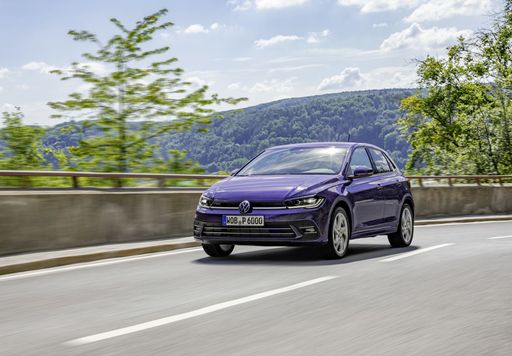
VW Polo
Nissan Leaf
The Nissan Leaf stands out as a pioneering model in the realm of electric vehicles, known for its impressive blend of practicality and eco-friendliness. It offers a smooth and quiet driving experience, making it an ideal choice for city commuting and longer journeys alike. The interior design is both comfortable and intuitive, providing drivers with a sense of modernity and ease of use.
details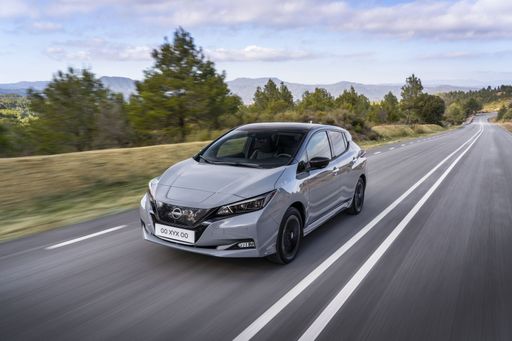 @ germany.nissannews.com
@ germany.nissannews.com
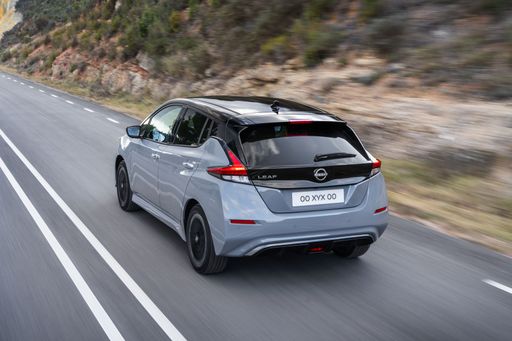 @ germany.nissannews.com
@ germany.nissannews.com
 @ germany.nissannews.com
@ germany.nissannews.com
 @ germany.nissannews.com
@ germany.nissannews.com
VW Polo
The VW Polo remains a popular choice in the compact car segment, known for its sleek design and sophisticated styling. Inside, it offers a surprisingly spacious cabin with high-quality materials and intuitive technology features, ensuring a comfortable driving experience. Its agile handling and responsive performance make it an excellent option for both city commuting and longer journeys.
details @ Volkswagen
@ Volkswagen
 @ Volkswagen
@ Volkswagen
 @ Volkswagen
@ Volkswagen
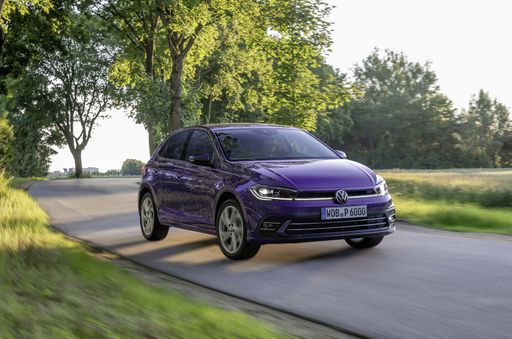 @ Volkswagen
@ Volkswagen
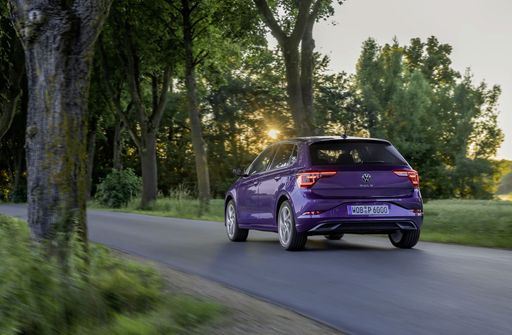 @ Volkswagen
@ Volkswagen
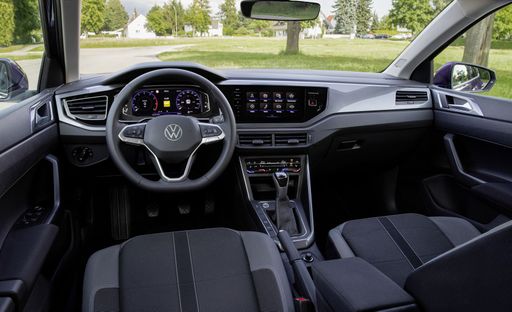 @ Volkswagen
@ Volkswagen

|

|
|
|
|
Costs and Consumption |
|
|---|---|
|
Price
30800 - 37200 £
|
Price
17000 - 30400 £
|
|
Consumption L/100km
-
|
Consumption L/100km
5.1 - 6.5 L
|
|
Consumption kWh/100km
16.7 - 17.8 kWh
|
Consumption kWh/100km
-
|
|
Electric Range
270 - 385 km
|
Electric Range
-
|
|
Battery Capacity
39 - 59 kWh
|
Battery Capacity
-
|
|
co2
0 g/km
|
co2
116 - 148 g/km
|
|
Fuel tank capacity
-
|
Fuel tank capacity
40 L
|
Dimensions and Body |
|
|---|---|
|
Body Type
Hatchback
|
Body Type
Hatchback
|
|
Seats
5
|
Seats
5
|
|
Doors
5
|
Doors
5
|
|
Curb weight
1580 - 1756 kg
|
Curb weight
1143 - 1378 kg
|
|
Trunk capacity
385 - 394 L
|
Trunk capacity
351 L
|
|
Length
4490 mm
|
Length
4074 mm
|
|
Width
1788 mm
|
Width
1751 mm
|
|
Height
1540 - 1545 mm
|
Height
1431 - 1451 mm
|
|
Max trunk capacity
790 L
|
Max trunk capacity
1125 L
|
|
Payload
384 - 415 kg
|
Payload
432 - 457 kg
|
Engine and Performance |
|
|---|---|
|
Engine Type
Electric
|
Engine Type
Petrol
|
|
Transmission
Automatic
|
Transmission
Manuel, Automatic
|
|
Transmission Detail
Reduction Gearbox
|
Transmission Detail
Manual Gearbox, Dual-Clutch Automatic
|
|
Drive Type
Front-Wheel Drive
|
Drive Type
Front-Wheel Drive
|
|
Power HP
150 - 217 HP
|
Power HP
80 - 207 HP
|
|
Acceleration 0-100km/h
6.9 - 7.9 s
|
Acceleration 0-100km/h
6.5 - 15.6 s
|
|
Max Speed
144 - 157 km/h
|
Max Speed
171 - 240 km/h
|
|
Torque
320 - 340 Nm
|
Torque
93 - 320 Nm
|
|
Number of Cylinders
-
|
Number of Cylinders
3 - 4
|
|
Power kW
110 - 160 kW
|
Power kW
59 - 152 kW
|
|
Engine capacity
-
|
Engine capacity
999 - 1984 cm3
|
General |
|
|---|---|
|
Model Year
2019
|
Model Year
2024 - 2025
|
|
CO2 Efficiency Class
A
|
CO2 Efficiency Class
D, E
|
|
Brand
Nissan
|
Brand
VW
|
What drivetrain options does the Nissan Leaf have?
Available configurations include Front-Wheel Drive.
The prices and data displayed are estimates based on German list prices and may vary by country. This information is not legally binding.
